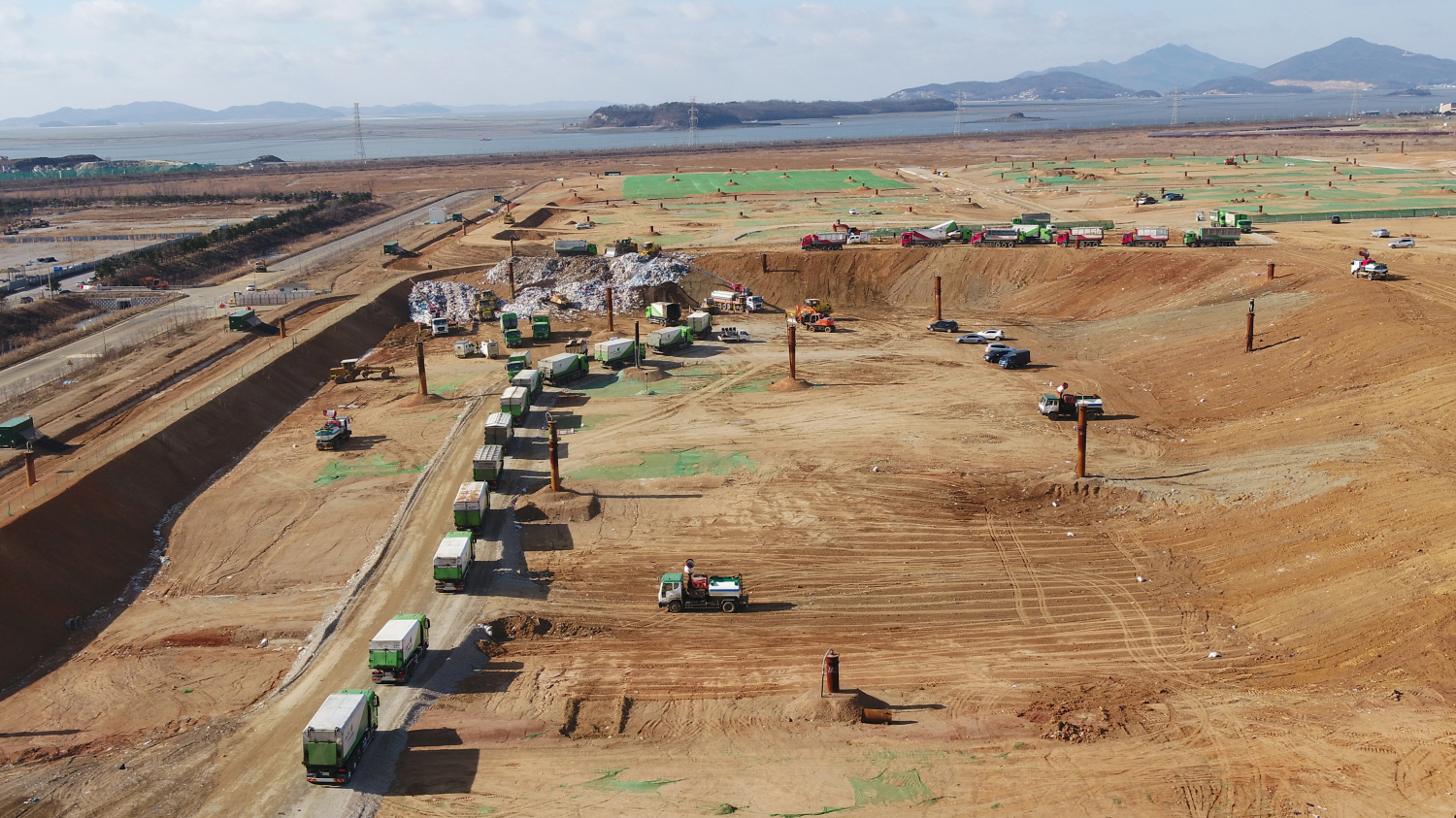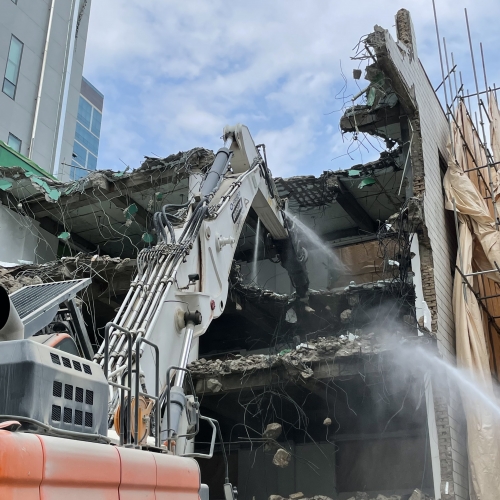While we all share the same planet, only a few of us have expressed concerns for the earth’s well-being and about the amount of damage wreaked upon nature. Making improvements to the convenience of our quality of life has now reached a state of no recovery, and we are now aware of the need to unite to tackle this shared challenge of our age described as climate change, or climate crisis. We must review what we have long taken for granted and ask ourselves: ‘does this threaten the environment?’ Correspondingly, what can we ask of architecture and what will improve our quality of life and human dignity in the midst of our ongoing climate emergency? What should we do? By reviewing a building’s life cycle from production, maintenance, and demolition, in the context of climate crisis, we will examine pertinent responses in this issue of SPACE.
STEP 3: During Demolition
Question 1: What Responsibility Does It Take to Demolish a Building and Build a New One?
Question 2: Where Does All the Construction Waste Go?
Question 3: How Does Korea Support the Circulation of Materials?
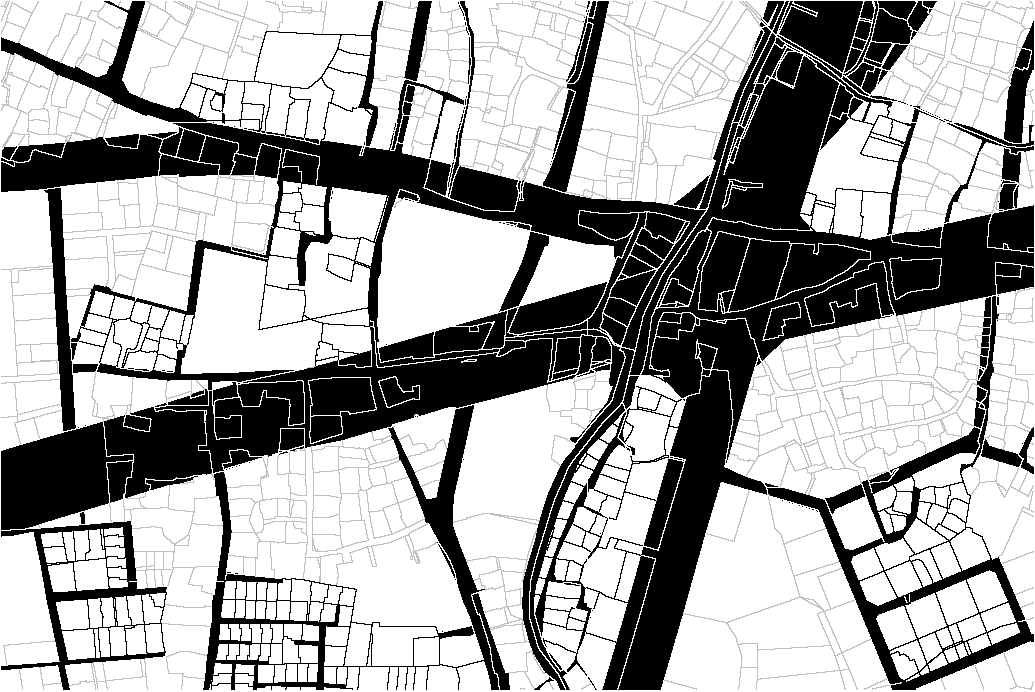
Jason Thuer, Manifesto of Time, 2021
Climate Crisis / Architecture / Ethics
written by Ryul Song, Christian Schweitzer co-principals, SUPA Song Schweitzer
“The most destructive thing is to demolish a building, get rid of all the demolished material, and then build another one.”
- Nicholas Grimshaw
Architecture is responsible for roughly 40% of all CO2 emissions. It is the worst climate killer with the greatest potential for cutbacks. According to the latest IPCC study global temperatures will rise by 2050 between 1.8 to 3 degrees, failing the 1.5 degree goal of the Paris Climate Accords. Now the discussion must shift from ‘how to prevent it’ to ‘how to prevent the worst and how to prepare to live with it’. In cities like London, Madrid, and Seattle, a temperature rise by 6 degrees is predicted, in New York 4 degrees, and in Seoul 3 degrees. None of these cities are prepared for this change. The developed world has a particular responsibility to take action. They caused the problem and are now trying to share the responsibility.
The numbers don’t add up: more people, more buildings, higher temperatures, more urbanisation, more fine dust, more land development, more soil sealing, more buildings, more resources needed, after a few decades again redevelopment, more new-towns, more buildings, more resources, more soil sealing, more waste…. We are in urgent need of a new approach to architecture and urbanism. We as architects still believe in the modernist paradigm of the 20th century, a paradigm that is widely responsible for the crisis we are in. It shaped Seoul as a functional city, separating living, work, retail, and reconnecting the cities with elaborate traffic systems, roads, car-orientated infrastructure. This time we cannot ‘build’ our way out of this dilemma, we are choking in concrete.
Since 2005, more concrete has been used than any other point in human history. Since 2003, China has consumed more concrete every three years than the US in the entire 20th century. Annual cement production has risen by 400% within 30 years, from nearly one billion to over 4 billion tons a year. In the next decade it is expected this will increase by another 500 million tons a year. Annual emissions caused by concrete will continue to rise beyond 2050, while they must fall by 16% by 2030 to stay in line with the requirements of the Paris Agreement. Again the numbers don’t add up—improvement is only possible unless there is drastic change, which seems highly unlikely.
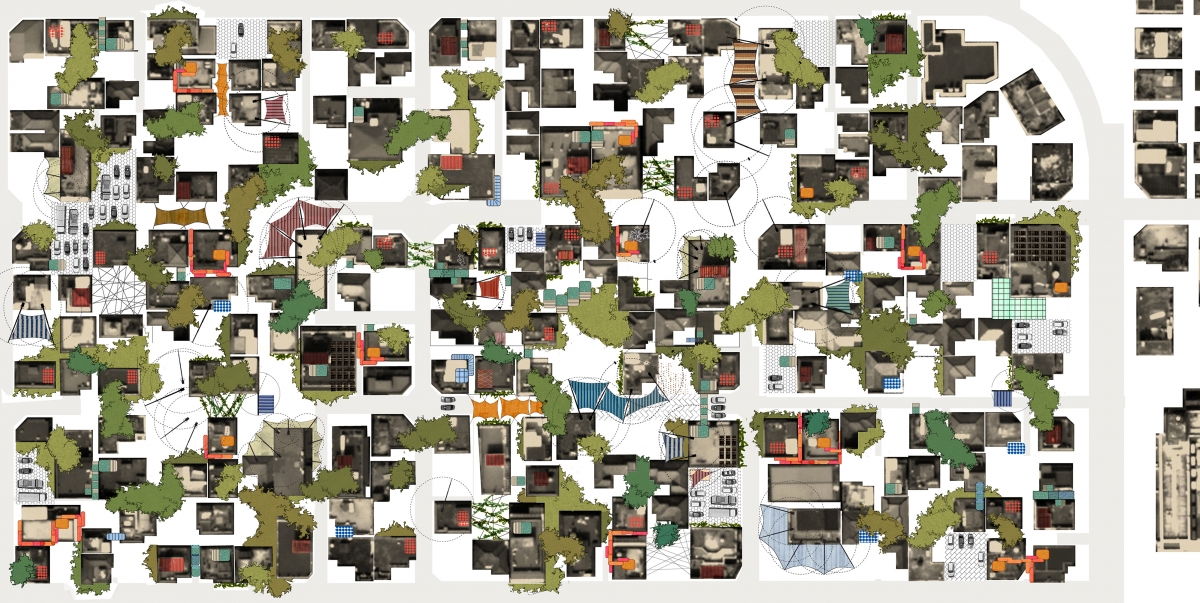
Seonju Kim, Desertified – Reurbanification, 2011
Concrete alone is responsible for 8% of CO2 emissions. Producing 1 ton of cement emits 1 ton of CO2, making it the most environmentally harmful material we have. The mining of gravel, sand, and lime is destroying entire ecosystems. Since 2005, sand mining has erased at least two dozen Indonesian islands mostly ending up in Singapore, China, Korea, and Japan. The collateral environmental damage has been so extreme that Indonesia, Malaysia, and Vietnam have all restricted or banned exports of sand to Singapore.
New kinds of concrete are developed right now that replace Portland cement and thereby drastically reduce the level of CO2 emissions. However, until they can be implemented in the building process on a mass scale, change will take another one and a half decades. Until then we have to reduce the use of concrete to a minimum, for public infrastructure and foundation purposes only. This requires a new approach to building systems in Korea, the shift to steel, wood and hybrid systems of concrete and brick. We also need to have a ‘low rise / high density’ approach in how we plan our cities. In another example, one 20-storey building requires 40% more concrete than two 10-storey buildings. Above 10 floors, the amount of concrete needed to support the structure system rises exponentially. Korea has to switch from an emission-trading scheme, which issue permits industries to pollute, to a carbon tax scheme. Carbon tax would make concrete buildings the most expensive to construct, and would therefore immediately trigger the use of alternative structure systems such as wood.
To meet the goals of the Paris Agreement the ‘energy per square metre’ used by buildings has to be lowered by 30% until 2030. With lacking mandatory building energy codes in Korea this goal is far out of reach. At present, built apartment complexes in Seoul would never get building permission if assessed for example according to European regulations: exposed concrete, insufficient interior insulation, no exterior insulation, no exterior window shading, individual gas boilers instead of central heating systems, the reliance on air-conditioning for cooling. The emissions due the higher energy demand for heating and cooling are almost double that in Europe. Implementing the necessary requirements in Korea would increase building costs by up to 60%, rendering construction of Korean apartment complexes unaffordable.
The urban heat island effect is especially bad in Seoul. The radiation heat of buildings from the inside and outside combined with an almost 98% sealed outdoor space in a typical 1980s high density, 4-storey neighborhood is prompting temperatures to rise by 3 to 5 degrees in contrast to the nearby countryside. Cooling centres for the elderly won’t cut it anymore when temperatures globally rise by 2 degrees. A large amount of building in Seoul will become un-inhabitable during the summer, including all apartment complex buildings, without high insulation standards and an un-sealing of the ground to up to 50%. Seoul is in need of a de-densification strategy paired with a green strategy that would require the demolition or repurposing of buildings within dense areas, away from a monofunctional towards a diversified zoning law. The BCR (Building Coverage Ration) will have to be reduced below 40% and building back-to-back will have to be allowed. Approximately 75% of the buildings in Seoul that will exist in 2050 have already been constructed, emphasising the importance of decarbonising the existing building stock. Retrofitting existing buildings with insulation and energy saving measurements has to become a priority. This will require a huge amount of investment into something that no one in Korea considers as valuable. The value of a building in Seoul is in no relation to the price of the land on which it stands; hence a building is considered as exchangeable, free to be demolished and replaced at any time.
Within the EU a structural system has to be planned and executed in such a way so that it will last without maintenance for 100 years. Switzerland is now raising this number to 150 years. Korean structural systems barely make it beyond 40 years before costly repairs become necessary, which automatically results in their removal. Seoul is in need for a moratorium on demolishing existing buildings. Redevelopment as a tool of urban regeneration has to be abandoned immediately. The life-span of an apartment complex in Seoul is now set to 30 years, after which the owners can organise another round of redevelopment: demolishing the existing ‘again’ and rebuilding at even higher density. Retrofitting to mandatory building energy codes, renovation, and intelligent extension will have become the norm.
Newly constructed buildings have to be built on the assumption that they will last for at least 100 years so as to break the spiral of construction, demolition, waste, and new construction. Therefore, we need to design and renovate buildings in a way so that they will become reusable and easily maintainable. We have to move away from functional determinations as we can hardly see that far into the future. Every building has to become capable of functional change, fast adaptability, and the easy recyclability of the used components within. At the same time this mandatory investment will raise the value of buildings to a point where it is un-economic to demolish and replace an existing building.
Today, in Seoul, as in most cities around the globe, there is again an urgent need for a fundamental overhaul of infrastructure, this time to be made fit for the 21st century. Our understanding of architecture as simply an exercise in building new buildings has to shift. With 40% of the global CO2 emissions due to the building of structures we as architects are at the core of the problem. As nothing will change on voluntary basis we have to put pressure on our professional associations to demand new laws and regulations. Korea needs a complete and fundamental overhaul of its building code, beginning with high mandatory energy codes.
We have to educate ourselves and prepare the next generation of architects for the evolving demands on architecture. Every single student project designed now has to be designed to be carbon neutral or even carbon negative, although a large number of current university teachers do not even know the basic principles of ecological building.
We need to design intelligent densification, sustainable buildings that last more than 100 years, and can adapt to changing needs, we have to emphasis the reuse and extension of existing buildings, and stop the demolition of buildings all in all. We have to develop CO2 neutral structure systems, unseal the land to lower temperatures, reduce air pollution, overhaul the traffic infrastructure away from individual transportation, improve living and working conditions, enable functional and social diversity, and new forms of coexistence. The list is endless, but we have to get to work right now as we are in code red for humanity. (written by Ryul Song, Christian Schweitzer / edited by Choi Eunhwa)
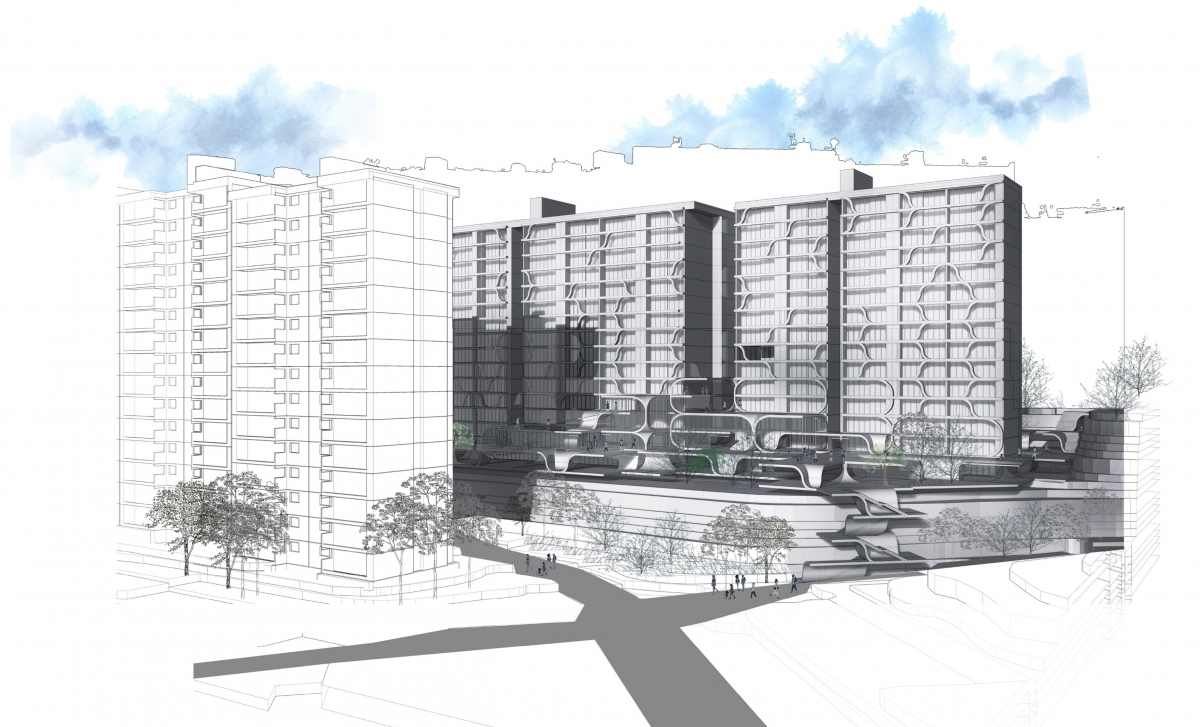
Byeong-jun Kim, Infill the Topo[graphics], 2018





